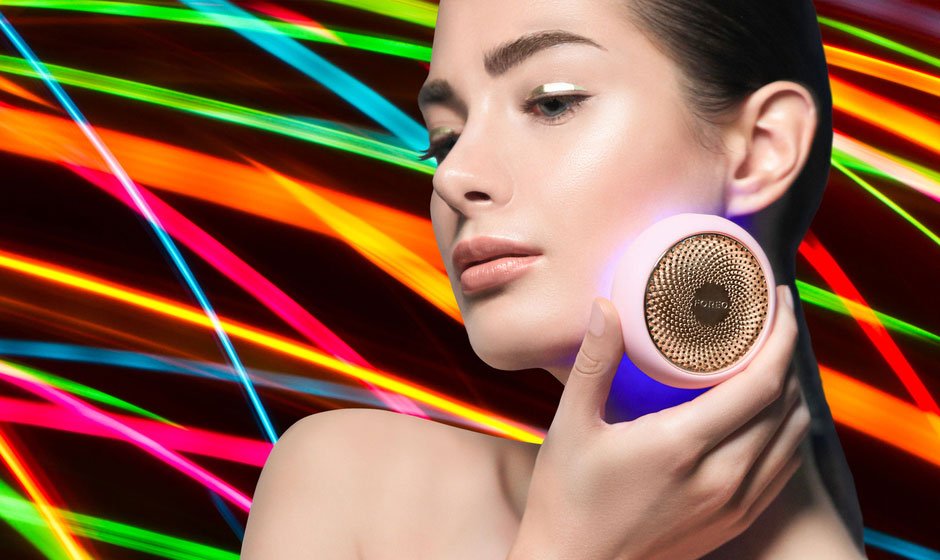The Science Behind Photon Therapy and Its Remarkable Benefits

Light therapy, also known as light therapy, is a medical method that uses certain types of light to help cells grow and improve how the body uses energy. It’s like giving your cells a boost to work better. This innovative technique improves health and well-being by promoting cellular regeneration and improving metabolic processes. Most of all, it does this without invasive procedures. It offers a holistic approach to improving overall health. This article talks about the science behind photon therapy and explores its remarkable benefits, including its application in therapy mats.
How Light Therapy Works
Light therapy works through a process known as photobiomodulation. Here’s a simplified explanation of how it works:
Light Absorption: When the body is exposed to specific wavelengths of light, chromophores within the cells and mitochondria absorb this light energy.
Cellular Response: Once absorbed, this light energy stimulates the production of adenosine triphosphate (ATP), which is the cell’s primary source of energy. This boost in ATP production enhances cellular metabolism and function.
Benefits: Increased cellular activity leads to various therapeutic effects. This includes reduced inflammation, pain relief, improved circulation, and tissue repair.
Benefits of Light Therapy
Light therapy offers a wide range of benefits. This makes it a versatile and effective treatment option for various health concerns:
Pain Relief: Light therapy is renowned for its ability to alleviate pain, whether it’s related to chronic conditions like arthritis or acute injuries. By reducing inflammation and promoting tissue repair, it can bring much-needed relief.
Improved Circulation: The therapy’s ability to stimulate blood flow enhances oxygen and nutrient delivery to cells. This improved circulation can help in the healing process and boost overall well-being.
Enhanced Skin Health: Light therapy is used in various skincare treatments to address issues such as acne, wrinkles, and scars. It can promote collagen production and improve skin texture and tone.
Reduced Inflammation: Inflammation is a common factor in many health problems. Light therapy’s anti-inflammatory effects can help manage conditions like arthritis and promote faster recovery from injuries.
Boosted Immunity: Some studies suggest that light therapy may have a positive impact on the immune system. This potentially enhances the body’s ability to fight infections and illnesses.
Light Therapy Mats
One remarkable application of light therapy is the use of photon therapy mats. These mats are designed to deliver the therapeutic benefits of light therapy in a convenient and user-friendly way. Here’s what you need to know about them:
Construction: Light therapy mats are typically constructed with multiple layers. The top layer is made of soft, comfortable material, ensuring a relaxing experience. Beneath this layer, there are strategically placed LED lights or low-level lasers that emit specific wavelengths of light.
Ease of Use: Using a therapy mat is incredibly simple. Users lay down on the mat, and the embedded lights are activated to deliver therapeutic light energy to the body.
Benefits of Light Therapy Mats
Light therapy mats offer several advantages:
Convenience: Light therapy mats can be used in the comfort of your own home. This convenience eliminates the need for frequent visits to a healthcare provider.
Full-Body Treatment: Unlike handheld devices that target specific areas, light therapy mats provide a full-body treatment experience. They cover a larger surface area, ensuring comprehensive therapy.
Non-Invasive: Light therapy mats are non-invasive, meaning they do not require needles or surgical procedures. This makes them a safe and painless option for many individuals.
Photon therapy, based on photobiomodulation, uses light to help heal and provide various health advantages, whether in a clinic or with user-friendly therapy mats. This innovative therapy can enhance well-being, reduce pain, and improve overall health.



